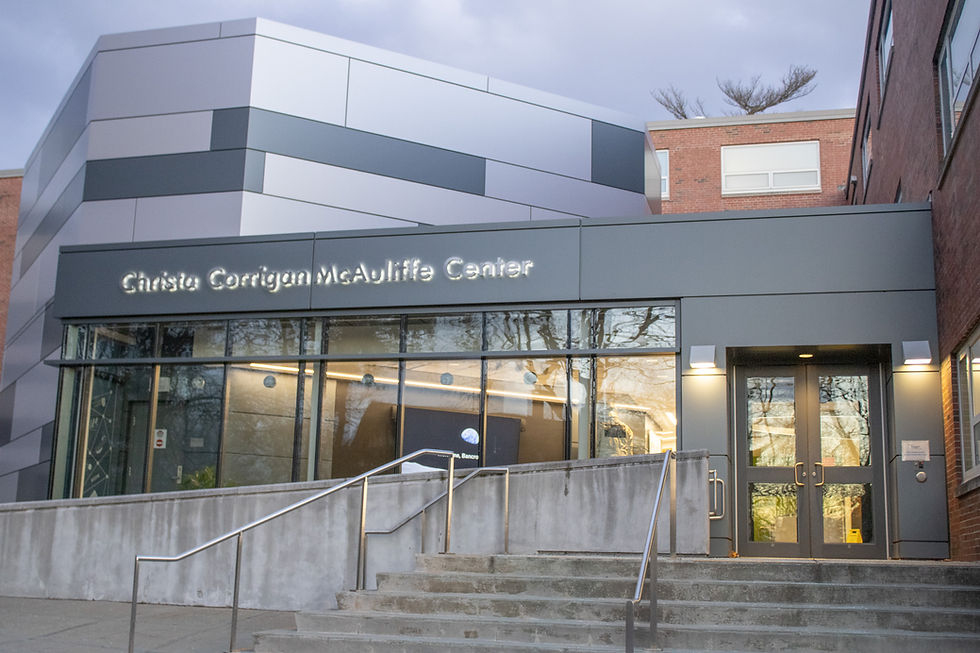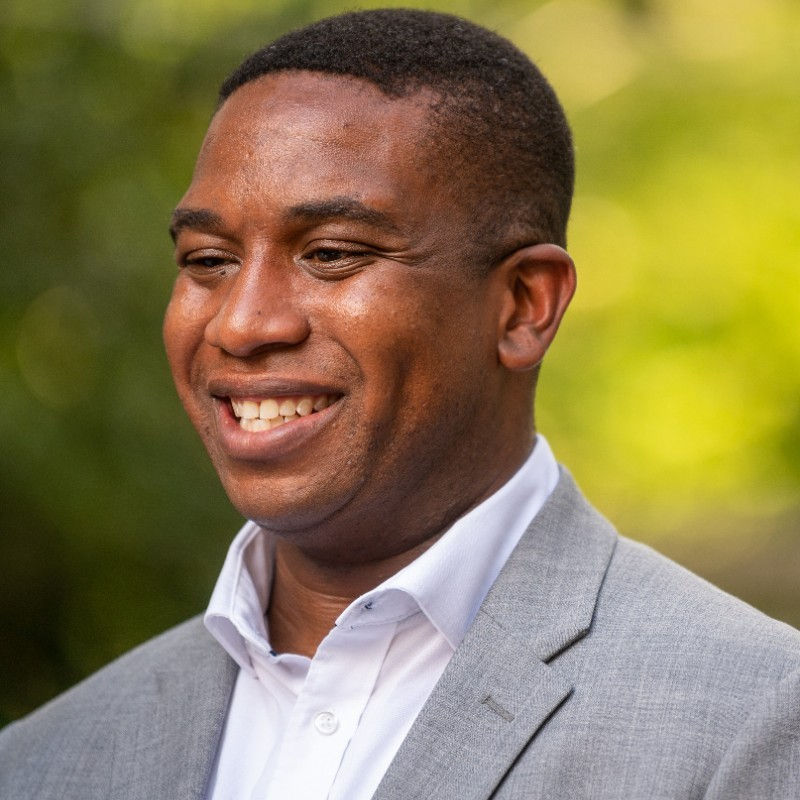Niemi’s first State of the University address focuses on enrollment
- Gatepost News Team
- Oct 20, 2023
- 6 min read

By Kaitlin Carman
Interim Asst. News Editor
By Adam Harrison
Interim Asst. News Editor
President Nancy Niemi delivered her first State of the University address on Monday, Oct. 16.
The State of the University address was originally planned to take place on Sept. 18, but it was postponed due to the death of a student.
The address was sent via email to staff and faculty. She plans to give an address at least once a year, Niemi said.
It is important for FSU to hold the State of the University to assess the health of the institution and to build a foundation to build off of to improve conditions, she said.
It makes this information accessible to community members and its data serves as a guide for decision-making, said Niemi.
“It is a ritual that many universities take part in and I can see why it is important to share the knowledge we have, our vital signs, so that everyone in the organization has a common understanding of a common data set from which to build,” said Niemi.
However, she said, “It’s important to note as well that not every indicator of health can be easily or quantitatively measured.”
Niemi described the importance of student life when discussing the success of an educational institution.
The campus events since the beginning of the 2023 academic year have been successfully attracting students, Niemi said.
In Fiscal Year 2023, FSU sponsored 158 opportunities for student engagement. For events at which students check in, there were 897 unique attendees with a total of over 2,500 check-ins. In addition, there were 347 planned student organization events.
“We are doing a lot for our students, and they’re participating,” said Niemi.
She said students have also been getting involved with career development resources. In the Fiscal Year 2023, there were 611 career counseling meetings with students.
The Job and Internship Fair attracted 43 employers and student participation increased by 36% from last year. Two-hundred-and-twenty-one students participated.
In AY 2022-23, 11% of students participated in internships or major-related work.
Another opportunity the institution offers is study abroad, which 2% of the students participate in. Despite the small percentage, it still provides some interesting statistics, Niemi said.
Of the undergraduate students who participated in study abroad, 52% were first-generation students, and 54% identified as students of color, she said.
“Small number, big impact,” Niemi said.
For this academic semester, there are 1,287 residential students – a 94% occupancy rate because many double rooms have been reconfigured as premium singles. Of those residential students, an average of 78% stayed on campus over the first four weekends of this semester.
Niemi also addressed student wellness through data of the use of student services.
“Wellness is an increasingly important measure of our students' wellbeing,’’ Niemi said.
Niemi said there has been an increase in student participation in counseling. During the 2021-22 academic year, there were 2,591 total sessions, including 116 walk-in sessions.
This increased during AY 2022-23 with 2,874 total sessions, including 184 walk-in sessions, Niemi said.
“It is important to note how much our students are using our counseling services. We have had these services, and our students clearly need them and want them, as evidenced by this data,” she said.
Niemi focused on the undergraduate enrollment trends from 2020 to 2023.
She said in 2020, 3,491 students were enrolled, while in 2021, there were 3,099, and in 2022, there were 2,964.
Although enrollment is still down over 2022, “Declines are slowing as our current first-year class shows, and with a 2% rise in that first-year class, we are beginning to reverse the trend, but we still have much work to do and we will be doing it,” said Niemi.
Niemi said 736 new students enrolled in the Fall 2023 Semester.
Of the new undergraduates for AY 2023-24, 69% are first-time first-year students, 31% are transfer students, 66% are residents, 34% are commuters, 17% are athletes, 54% are first-generation students, 14.5% received honors scholarships, and 89% receive financial aid.
Furthermore, 55% identify as female, 44% identify as male, and 1% do not identify as female or male.
She also addressed the retention rate, which is defined as the number of first-year students returning for a second year. The University’s undergraduate retention rate is 72%.
Niemi said although that is about the same percentage as similar state institutions, “We can do better.”
The University intends to analyze demographic data to determine which groups are struggling the most, and then to “create organizational answers to address the discrepancies,” said Niemi.
“If we admit students, we are making an implicit promise to help them succeed. To let them go without graduating leaves them with little education, no degree, and debt – and that’s not acceptable,” said Niemi.
Not only is it an “ethical imperative” to support students through their graduation, but “it is much less expensive to keep students than to recruit new ones,” said Niemi.
The University’s graduation rate was another important vital sign she addressed. The six-year graduation rate for fall 2022 was 55%.
According to the Massachusetts Department of Higher Education, graduation rates are generally measured in six years. These statistics only measure first-time full-time baccalaureate degree-seeking first-year students and are not inclusive of transfer students.
It is “a vital sign that needs to get better,” said Niemi.
Another indicator of student success is “how well the University serves students who are registered for disability services,” said Niemi. Currently, 22% of undergraduate and graduate students are registered for disability services.
Niemi said, “This is a good thing. We live up to our mission to serve the public need.” She said this is only difficult because the more disability services needed to support students, the more of an investment into training and people they must commit to this task.
The University “needs to find the resources to do that, but do that we must,” she said.
An additional vital sign for the University is diversity and inclusion. The data describing the number of students of color who attend the University and faculty of color who are employed “offers another measure of our progress with diversity,” said Niemi.
“With our continued emphasis on being an anti-racist organization, and forefronting equity and justice on what we do, we are beginning to use this data to assess our progress on these goals,” Niemi said.
According to demographic data, there is “steady upwards progress in FSU’s percentage of BIPOC students,” said Niemi. In Fall 2017, 34% of undergraduate students identified as students of color, while in Fall 2022, 45% of students identified as students of color.
The number of faculty who identify as people of color has been increasing as well, Niemi said.
“The percentage of BIPOC benefit employees has grown considerably over time, starting in 2013 - the numbers continue to rise. It is welcome progress even as we work towards an even greater BIPOC representation on faculty and staff,” said Niemi.
There are few measures that reflect the “extraordinary impact the faculty have on students’ learning, and other contributions to their disciplinary knowledge,” she said.
This past academic year, the office of Grants and Sponsored Programs submitted 52 proposals for faculty grants, with requests totaling $10,516,800. At the close of FY 2023, $4,542,610 has been awarded, and almost $6 million is still pending.
“That's quite extraordinary, particularly for an institution of our size,” Niemi said.
Other baseline data to determine the success of the institution will include sets such as “climate as it pertains qualitatively to professors and students: how well does everyone feel they belong - for example, the production of scholarship, research, and community involvement, and where are our professors and staff members participating, what kind of research do they do, what kind of scholarships do they produce,” said Niemi.
The University has collected some of this data already, but is continuously gathering more, in order to “show people that’s some of the work we do,” she said.
Employee retention and turnover rates are also important vital signs of the State of the University, Niemi said.
The University is not only keeping track of this data but is actively using it to “inform what’s happening in our community, how we can help retain employees, and how we can make sure that even as they leave, we have more opportunities to offer to our faculty and staff and make sure that we understand why they’re leaving and why they’re staying,” said Niemi.
In 2022, the faculty retention rate was 90.16%, while the staff rate was 85.5%.
She also showed interest in having data sets regarding how faculty members felt they belonged in their departments, to find what ways the University can do better.
FSU’s vital signs will soon include baseline data of alumni, said Niemi. This data will represent the number of alumni by class year, their careers, organizations they are affiliated with, and their lives post-graduation. “Of course we want students to graduate, that's our goal, and become alumni,” said Niemi.
There is already some alumni data that has been collected, and more is being collected as well, she said. A greater proportion of alumni are responding to FSU outreach, Niemi added.
According to Niemi, there is alumni interest in giving back through mentoring. There are already some “really excellent alumni mentoring programs, and we will want to develop more based on that data.”
She ended the State of the University address with a quote by poet Amanda Gorman: “for there is always light, if only we’re brave enough to see it, if only we’re brave enough to be it.”





